Y Filltir Sgwâr: Remembering the fallen
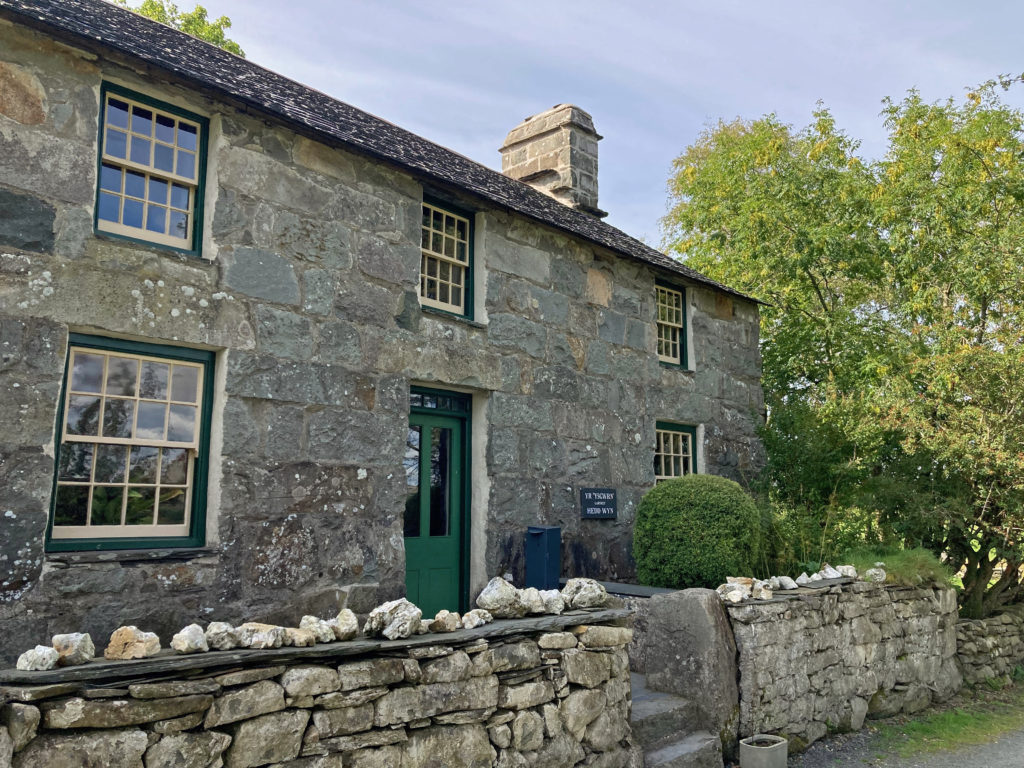
In a year long series Tom Maloney, from Abersychan, shows how you can love a place so well it becomes a part of you.
‘Y Filltir Sgwâr – The Square Mile’, just three words, but they have so much special meaning for me now.
I first heard the phrase only just over a year ago when I visited the home of Ellis Humphrey Evans who is more widely known by his bardic name of Hedd Wyn.
1917 Eisteddfod
It was a quiet, sunny day very close to the anniversary of the 1917 Eisteddfod, when Ellis was announced as ‘Prifardd’ and awarded the chair for poetry. But there was huge sadness then because of his death at the Third Battle of Ypres. His prize chair was draped in black and since this time this cultural event has been known as ‘Eisteddfod y Gadair Ddu – the Eisteddfod of the Black Chair’
One of the guides that day used the phrase ‘dyn y filltir sgwâr’ meaning a ‘man of the square mile’ to describe Hedd Wyn. It seemed a fitting description to me. He had spent so much of his life in this beautiful, mountainous landscape and I know I began to feel something about the phrase that I could not put into words at the time.
What prompted this journey to North Wales? It does not surprise me any more now how our footsteps seem to follow directions through accidental encounters, where one thing can lead to another in life.
Flanders Fields
Following in the footsteps of my Great Uncle Joe Murray, who was one of the many killed in action during World War 1 has taken me along several paths and I have got to the know the stories of several soldiers, including Hedd Wyn, who suffered the same fate as Joe.
Most of all, it has taken me to Flanders Fields where they lie buried so far away from home.
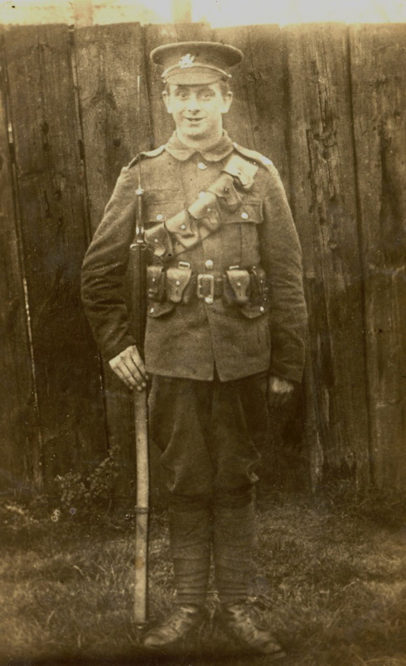
Following in the footsteps of Joe Murray
My earliest memories relating to Joe go back to 1960s growing up in a ‘pre-fab’ on Blodwen Road, New Inn. As I recall one of the reasons that we had moved to New Inn was so that my father could be near my grandmother, ‘Nana’.
Whilst playing one day I must have been singing ‘It’s a Long Way to Tipperary’. Looking back, it seems a strange song for a little boy to be singing, but I guess that the songs of the music hall were sung more often then perhaps.
At any rate, I felt the urgency in my mother’s voice as she told me to stop singing this song as it might upset Nana. It reminded her of the last occasion she saw Joe, along with his fellow soldiers of the Monmouthshire Regiment, leaving from Pontypool Station to serve in the war.
Even today I find it difficult to listen to this song, because of the sadness it brought to my grandmother, the association is still too strong.
The second memory concerns how Joe died. I recall being crouched between the legs of my father and listening to the talk of adults as they smoked. The conversation around the tragedy that befell Joe has stayed with me over the years. Joe’s position in the line was revealed to a sniper as he lit a cigarette and his life was taken in a moment.
It would seem, however, more likely that he died from shell fire and that the story of instantaneous death from the shot of a rifle stems from the letter sent by his commanding officer to the family that was meant as a kindness to lessen their grief.
I cannot claim to have begun this research though. In his retirement, my father began to research his uncle. I know he would have felt a very personal connection, as one of his Christian names was Joseph. The internet was not in existence then, so the information he obtained would have taken some time and some diligence.
It meant a lot to him when he received a certificate from The Commonweath War Graves Commission. Joe was just 21 years of age when he died on the 15th June 1915 and is buried at Elzenwalle Brasserie Cemetery, near Ypres. In turn, I think this certificate prompted me to find out more and to spend some time in Ypres.
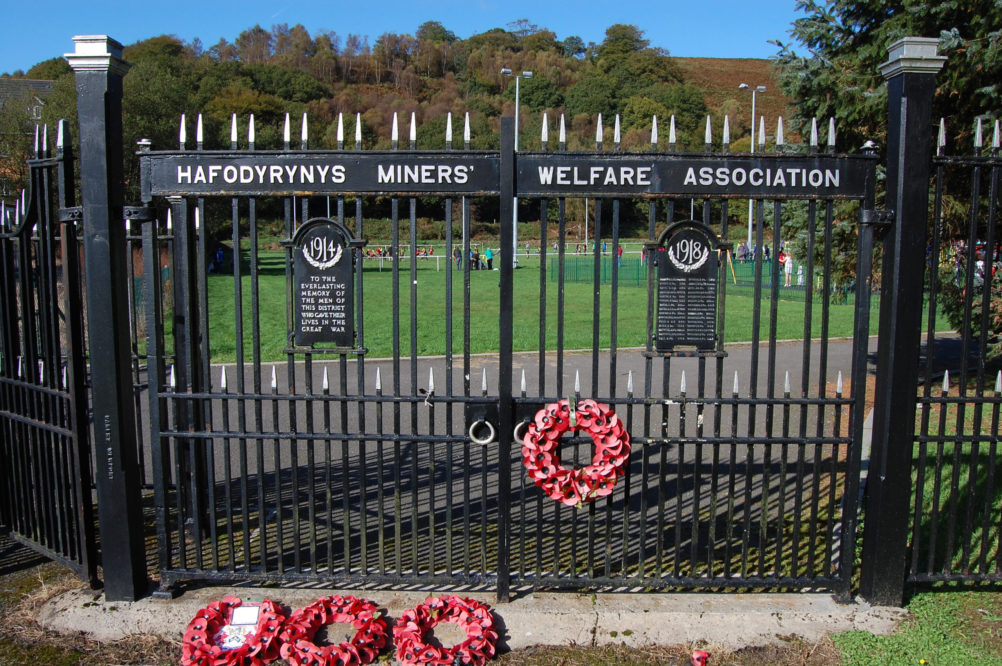
The fallen
But before travelling to Ypres I wanted to find out as much about his story as I could. There are many memorials to the fallen locally. The chapel within St. Cadoc’s Church, Trevethin, Pontypool is probably the most significant, but I think it is the memorial gate at Hafodyrynys put up by the Miners’ Welfare Association that speaks to me so much about the impact on a small community.
I have no hesitation in recommending ‘Out Since 14 – A History of the 1/2nd Battalion, The Monmouthshire Regiment 1914 – 19’ by John Dixon to anyone who may have had a relative who served in this unit. It is informative and thought provoking at the same time and gave me another incentive to visit Flanders.
John Dixon writes about the tragic loss of life which occurred during a truce between the combatants during the Christmas of 1914.
‘The informal truce had lasted a number of hours and there had been, without question, some contact between the opposing sides. Sergeant Frank Collins was returning to his own line when a shot rang out from the German side and broke the peace of Christmas Day.
Pte. Ernest Palfrey, aged 21, had been engaged on a burial detail during the truce and as he was returning to his line he was shot in the back of the head and died instantly.’
I am not sure why, perhaps it was just a feeling, but I felt compelled to find out more about Ernest Palfrey through the Commonwealth War Graves Commission and what I learned still affects me emotionally.
Ernest died on the 25th December 1914, aged 21. He was the son of Charles and Ann Palfrey who lived at Ael-y-Bryn, Ffrwd Road, Abersychan, just opposite the Lasgarn Woods where I walk so often.
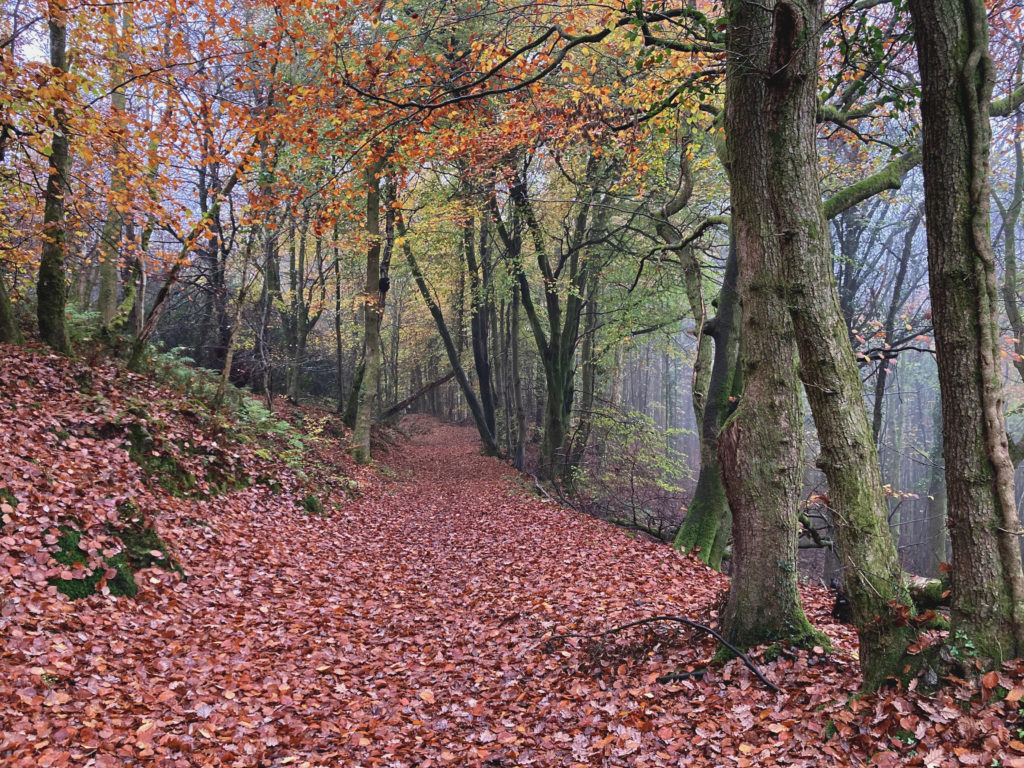
More than this, Ael-y-Bryn is the very same house where my wife and I spent the first ten years of our married life. A house can indeed hold stories that can remain hidden and I knew nothing of this the whole time when we lived there. It goes without saying that this must have been such a sad time for his parents.
Flanders Fields
Journey by car to Belgium after exiting the Eurotunnel station at Calais is surprisingly quick, only about an hour or so and as you enter Ypres you enter another world. There are cemeteries everywhere, each soldier being buried close to where he fell as far as I can tell.
Every cemetery follows a golden rule where there is no differentiation of the dead, all are equal and every grave is cared for in perpetuity. Each stone marker is uniform and there is so much to take in when you see line upon line of these dignified memorials for the first time. It is a feeling that never leaves you.
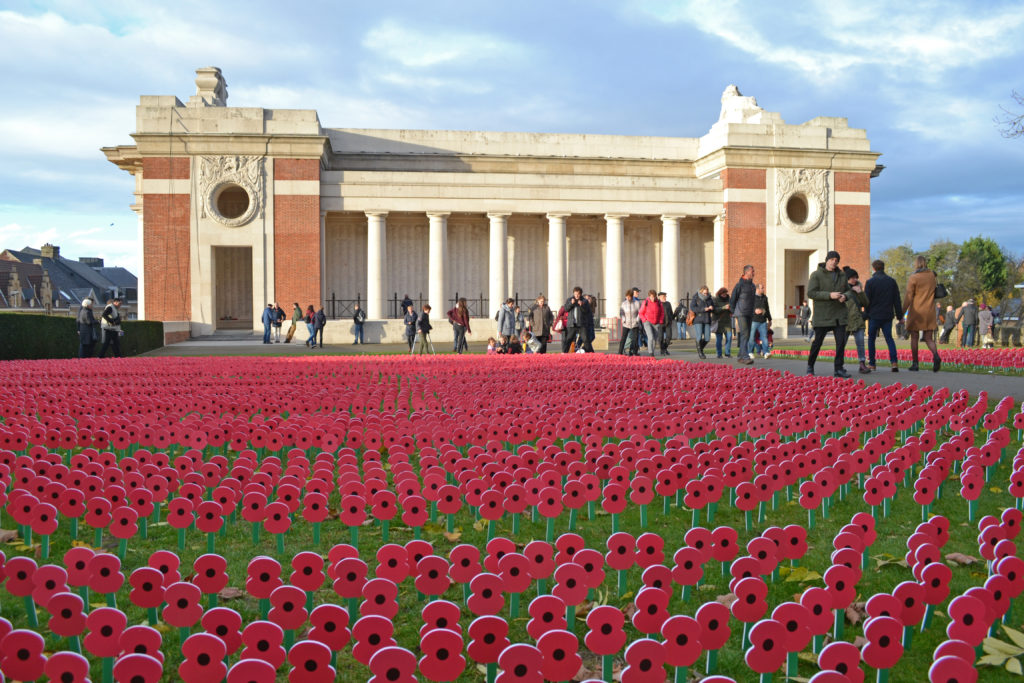
Not every soldier who died in the World War 1 has a grave. The names of the many, many soldiers who were missing in action in Ypres are inscribed at the Menin Gate. Each evening at 8.00pm a troop of buglers gather to play the Last Post in a solemn, moving ceremony in memory of all who gave their lives.
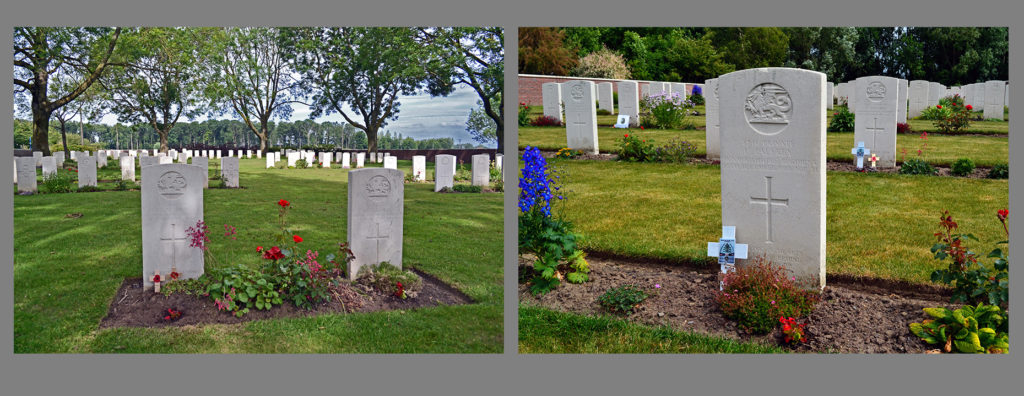
Ernest Palfrey is buried at Calvaire (Essex) Military Cemetery, with Sergeant Frank Collins in the immediate row behind. Even after the passage of so many years since the end of the war the feeling of gratitude amongst the people of Belgium is as strong now as ever.
When I visited the cemetery in June 1915 a cross had been placed on both graves signifying that the deaths of the men occurred on Christmas Day 1914. There were many such crosses along the rows. War takes no account of ‘peace and good will to all men’.
My great uncle Joe is buried at Elzenwalle Brasserie Cemetery, alongside Corporal Charles Henry Bond who was just 18 when he died on the 13th June 1915. The obituary for Charles is printed alongside that of Joe Murray in the Free Press of Monmouthshire. It includes a passage from a letter that he wrote home to his mother from the front that I believe is one of the most heartfelt indictments of war that I have ever read. Each time I read it and I have read it many times, I wonder where the humanity is in those that would be war mongers.
‘Glad to say I am in the best of health – still kicking; and if I get through this, mother, I am the luckiest boy on Earth. I have got through so far, and it is luck that I have not been shot. We have gone through bullets like hailstones coming down on us, and may God spare me to come home once more. We are having it a bit rough with the gas. It is not war; it is murder. I hope you enjoyed your Whitsun – I am having mine in the trenches. May God bless you and keep you well until we meet again – I don’t think it will be in this world, it will be in the next one. I have given up hope of coming home, although I may have the luck to do so.’
Not so far away at all is Artillery Wood Cemetery where Ellis Humphry Evans lies buried. Ellis was just 30 when he fell on the 31st of July at the Battle of Passchendaele, known also as the Third Battle of Ypres.
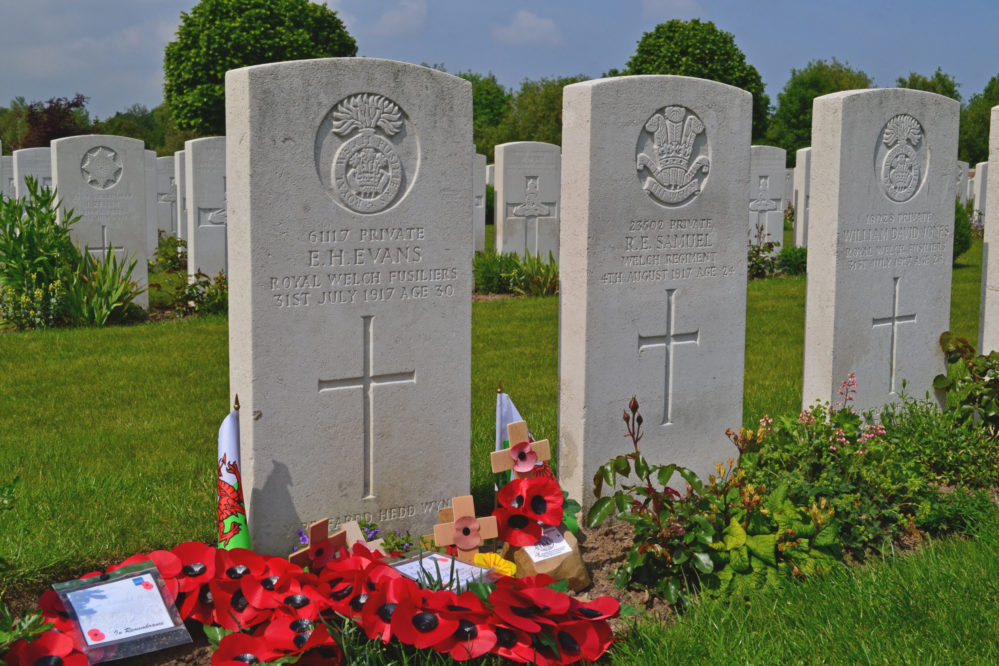
This was a terrible battle, fought in thick mud with horrendous casualties. Even today stark reminders of the ferocity of the bombardments remain in the form of monstrous concrete block houses.
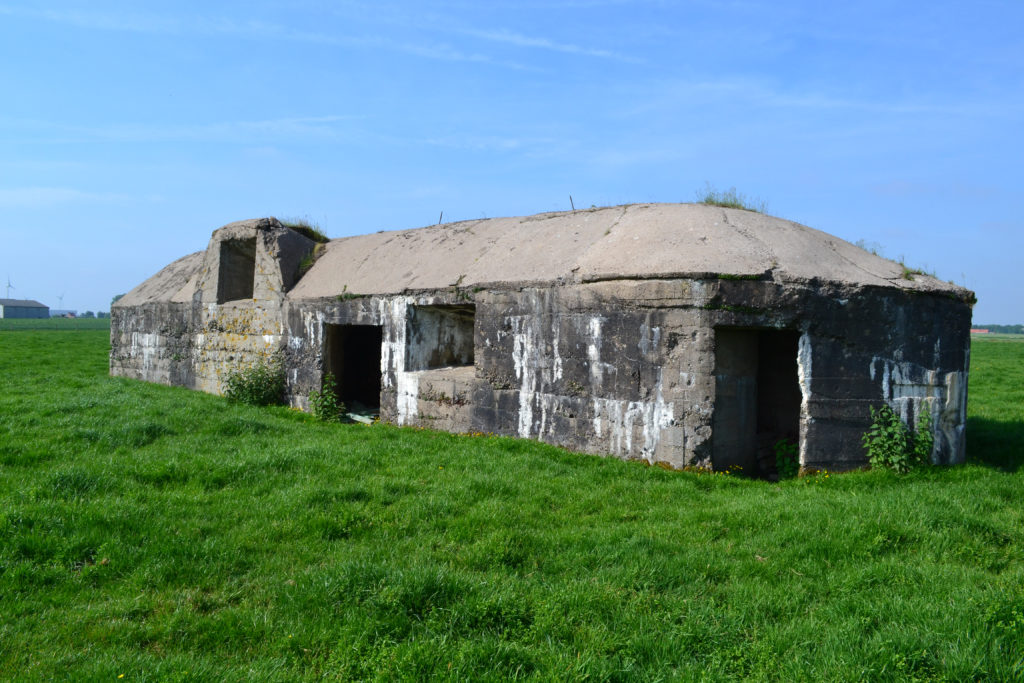
But the fields where the fighting took place are green and pleasant now, where people cycle and walk their dogs along the paths that crisscross the landscape.
What drew me to the grave of Hedd Wyn for the first time in the May 2017 I am not certain, but I felt it was something that I had to see even if I did not know that much about his life story then. It is clear from the Welsh flags, poppy wreaths and crosses that it is well visited and in turn they make it very easy to find.
Like every other stone it is inscribed with his regimental insignia, service number, rank, name, regiment and the date of his death above a large cross. Beneath the cross is the wording in Welsh that signifies Ellis has a special place in Welsh heritage.
“Y PRIFARDD HEDD WYN”
On reading this inscription I knew I had to get to know him better. I took a little while, but in the September of 2023, I managed to get to Eryri and to walk a little where he walked.
As I am writing this article my thoughts return to the phrase ‘dyn y filltir sgwâr’ and as I think of my great uncle Joe Murray, Charles Henry Bond, Frank Collins, Ernest Palfrey and of Ellis Humphrey Evans I believe they were all men, perhaps even just boys of the square mile who now lie in Flanders Fields so far away from where they were born.
Translated from the Welsh ‘Hedd Wyn’ means ‘Blessed Peace’. I can think of no words that would mean more in these troubled times.
Support our Nation today
For the price of a cup of coffee a month you can help us create an independent, not-for-profit, national news service for the people of Wales, by the people of Wales.




